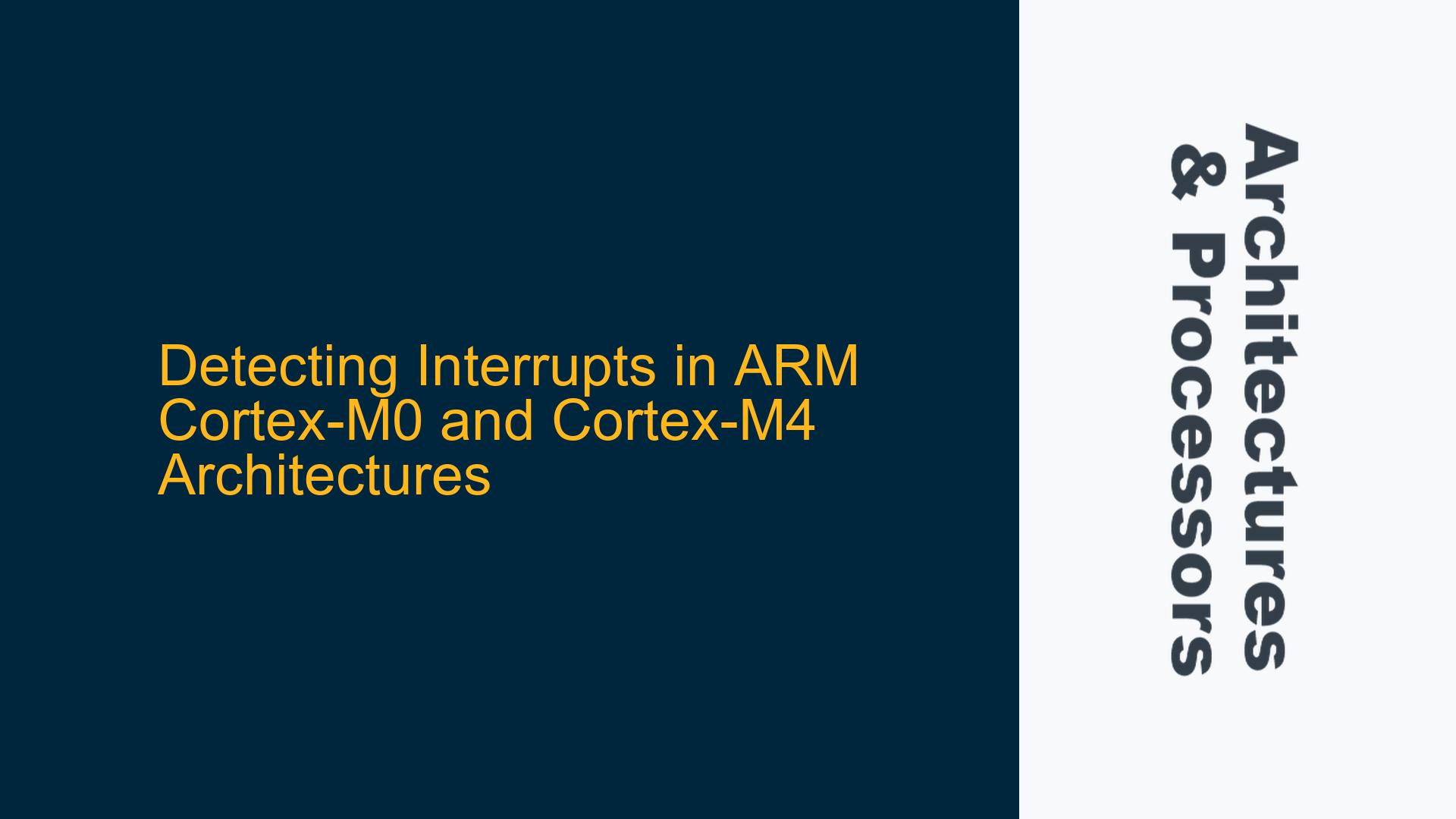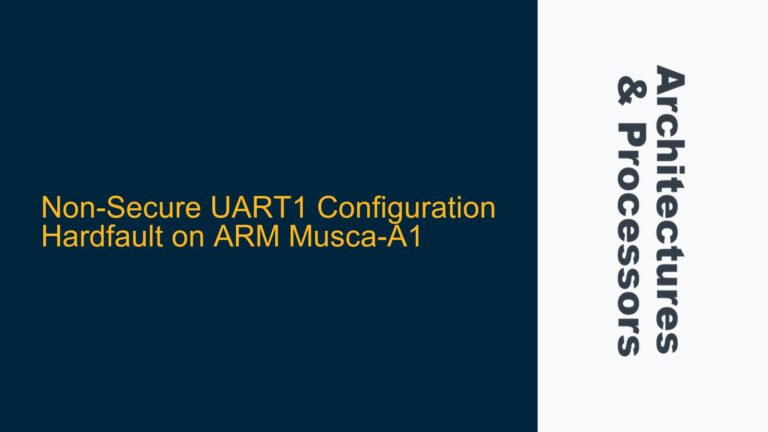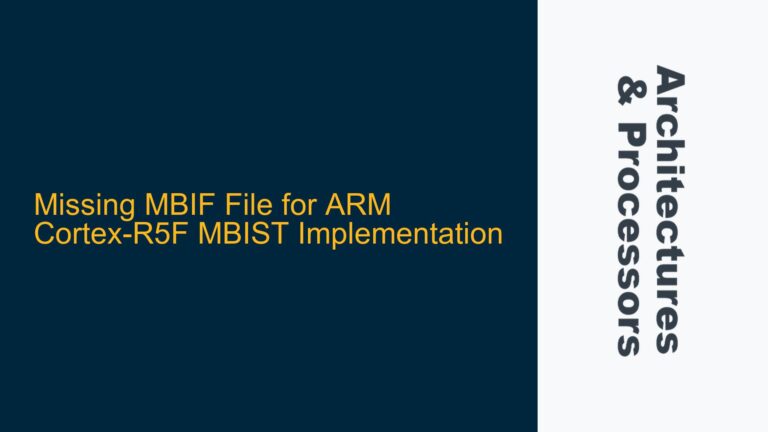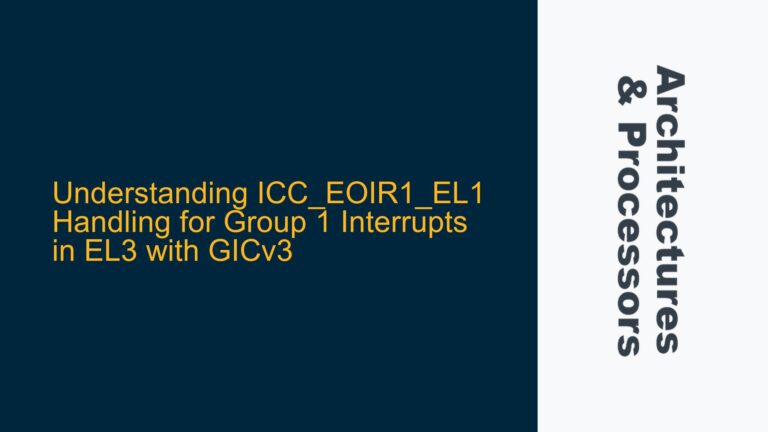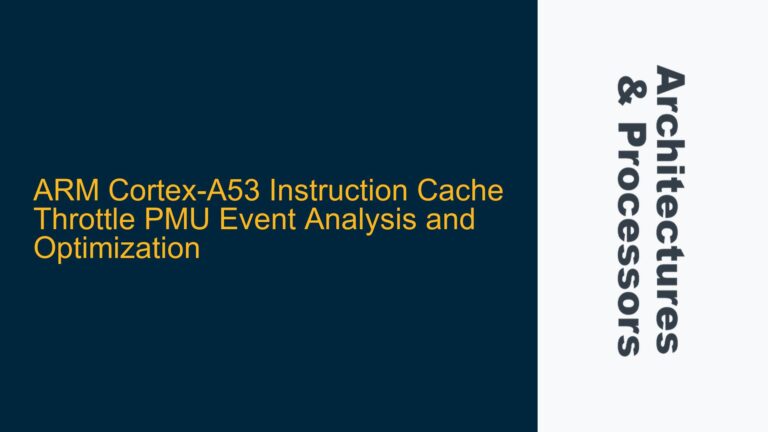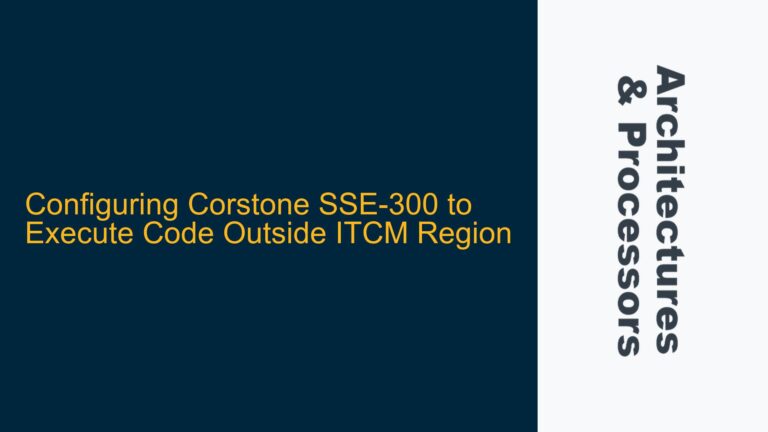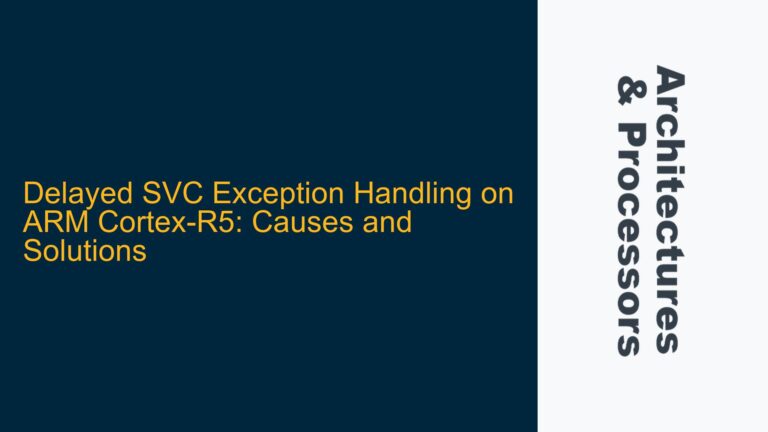Interrupt Detection Challenges in Preemptive Scheduling and UART Handling
Interrupt detection and management are critical aspects of embedded systems, particularly when dealing with real-time operating systems (RTOS) and peripheral communication protocols like UART. The ARM Cortex-M series, including the Cortex-M0 and Cortex-M4, provides a robust framework for handling interrupts, but developers often face challenges in detecting whether an interrupt has occurred during specific sections of code. This is especially relevant in scenarios such as preemptive scheduling, where the system must dynamically switch tasks based on interrupt-driven events, or in UART communication, where interrupt priorities and nested interrupts complicate the flow of data.
In preemptive scheduling, the system must determine whether an interrupt has occurred during the task parsing phase to decide whether to re-evaluate the task list. Similarly, in UART communication, the system must adapt its behavior based on whether a UART write operation is called from an interrupt service routine (ISR) and the priority level of that ISR. These scenarios require precise interrupt detection mechanisms to ensure system reliability and performance.
The ARM Cortex-M architecture provides several tools for interrupt management, including the Interrupt Control and State Register (ICSR) and the Load-Exclusive/Store-Exclusive (LDREX/STREX) instructions. However, these tools must be used judiciously to avoid subtle hardware-software interaction issues, such as race conditions, priority inversion, and cache coherency problems. This post delves into the challenges of interrupt detection in ARM Cortex-M systems, explores the underlying causes of these challenges, and provides detailed troubleshooting steps and solutions.
Memory Barriers, Interrupt Priorities, and ICSR Limitations
The challenges of interrupt detection in ARM Cortex-M systems stem from several factors, including the absence of a dedicated register to indicate the current interrupt priority level, the limitations of the ICSR, and the complexities of nested interrupts. These factors can lead to subtle bugs and performance bottlenecks if not addressed properly.
One of the primary limitations is the lack of a dedicated register to indicate the current interrupt priority level. While the ICSR provides information about the currently active exception through its VECTACTIVE field, it does not directly indicate the priority level of that exception. This limitation complicates scenarios where the system must adapt its behavior based on the priority level of the calling ISR, such as in UART communication. For example, if a UART write operation is called from a high-priority ISR, the system may need to switch to polled mode to avoid priority inversion. However, without a direct way to determine the priority level of the active ISR, developers must implement workarounds that can lead to messy and error-prone code.
Another challenge is the use of memory barriers and cache management in interrupt-driven systems. The LDREX/STREX instructions, which are commonly used to detect exceptions in Cortex-M3/M4/M7 processors, are not available in the Cortex-M0. This limitation forces developers to rely on alternative mechanisms, such as software flags, to detect interrupts. However, these mechanisms must be carefully implemented to avoid race conditions and ensure data consistency. For example, in a preemptive scheduler, a flag must be set to indicate that an interrupt has occurred during task parsing. If this flag is not properly synchronized with the task list, the system may fail to re-evaluate the task list correctly, leading to incorrect task scheduling.
Nested interrupts further complicate interrupt detection and management. In systems with nested interrupts, an ISR may be interrupted by a higher-priority ISR, leading to complex interactions between different interrupt handlers. These interactions can result in subtle bugs, such as missed interrupts or incorrect priority handling. For example, in a UART communication system that uses DMA, the DMA interrupt may have a higher priority than the UART interrupt. If the UART write operation is called from a lower-priority ISR, the system must ensure that the DMA interrupt does not preempt the UART interrupt in a way that disrupts data flow.
Implementing Interrupt Detection Mechanisms and Priority Management
To address the challenges of interrupt detection in ARM Cortex-M systems, developers must implement robust mechanisms for detecting interrupts, managing interrupt priorities, and ensuring data consistency. These mechanisms include the use of software flags, careful management of the ICSR, and the implementation of memory barriers and cache management strategies.
In preemptive scheduling, the use of software flags is a common approach to detect interrupts during task parsing. The flag is set at the beginning of the task parsing phase and cleared at the end. If an interrupt occurs during this phase, the ISR sets the flag, indicating that the task list must be re-evaluated. This approach ensures that the system dynamically adapts to interrupt-driven events without requiring complex hardware support. However, developers must ensure that the flag is properly synchronized with the task list to avoid race conditions. This can be achieved through the use of atomic operations or critical sections that disable interrupts during flag updates.
In UART communication, the ICSR can be used to determine whether a UART write operation is called from an ISR. By checking the VECTACTIVE field of the ICSR, the system can switch to polled mode if the write operation is called from a high-priority ISR. However, this approach has limitations, as it does not provide information about the priority level of the active ISR. To address this limitation, developers can implement a priority inheritance mechanism, where the UART write operation inherits the priority of the calling task or ISR. This ensures that the UART write operation is executed at the appropriate priority level, avoiding priority inversion and ensuring timely data transmission.
For systems with nested interrupts, developers must carefully manage interrupt priorities to avoid subtle bugs. This includes ensuring that higher-priority interrupts do not disrupt the flow of lower-priority interrupts and that data consistency is maintained across nested ISRs. One approach is to use a priority ceiling protocol, where each ISR is assigned a priority ceiling that prevents it from being preempted by lower-priority interrupts. This ensures that critical sections of code are executed without interruption, reducing the risk of race conditions and data corruption.
In addition to these software-based solutions, developers can leverage hardware features such as the Memory Protection Unit (MPU) and the Nested Vectored Interrupt Controller (NVIC) to enhance interrupt detection and management. The MPU can be used to enforce memory access restrictions, preventing unauthorized access to critical data structures. The NVIC provides fine-grained control over interrupt priorities, enabling developers to configure interrupt priorities dynamically based on system requirements.
Finally, developers must consider the impact of cache coherency on interrupt detection and management. In systems with caches, data written by an ISR may not be immediately visible to other parts of the system, leading to subtle bugs. To address this, developers can use data synchronization barriers (DSB) and instruction synchronization barriers (ISB) to ensure that data written by an ISR is visible to other parts of the system. Additionally, cache management strategies such as cache invalidation and cleaning can be used to ensure that data is consistent across different levels of the memory hierarchy.
By implementing these mechanisms and strategies, developers can overcome the challenges of interrupt detection in ARM Cortex-M systems, ensuring reliable and efficient operation in real-time embedded applications.
